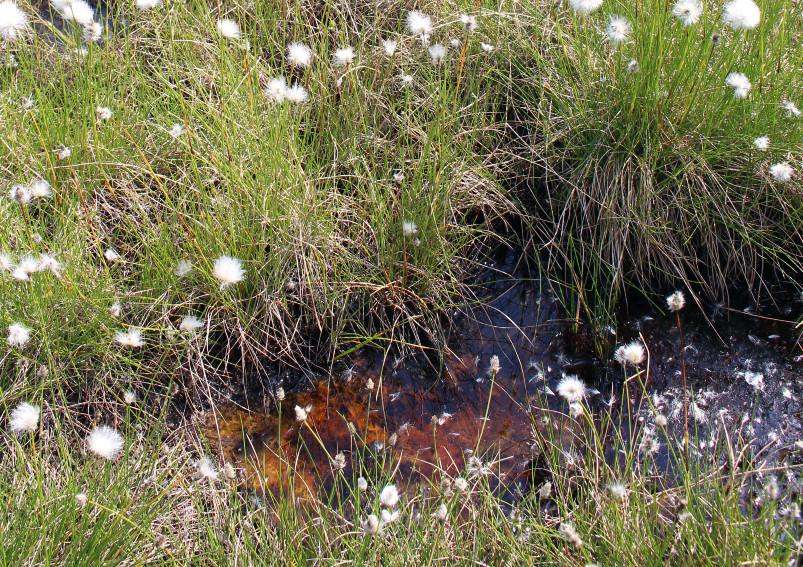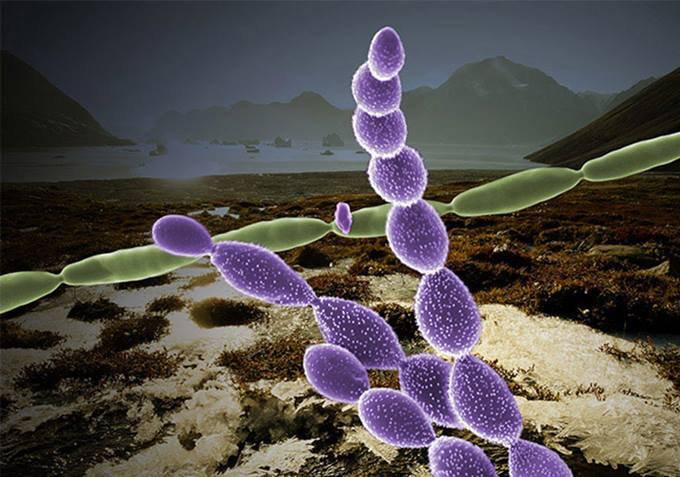
3 minute read
Permafrost metabolism
An international team tracked the genomic composition of microbes in thawing permafrost to determine which had the greatest impact on releases of carbon dioxide and methane into the atmosphere.
Large amounts of soil carbon sequestered in permafrost are becoming available for microbial degradation as permafrost thaws. Its fate is unclear; will it remain stably stored in the soil, or will it be metabolized into the greenhouse gases carbon dioxide or methane? Understanding the carbon processing of microbial communities in thawing permafrost is thus of considerable importance to accurately predicting the magnitude of climate feedback from these systems. However, little is known about these microorganisms because very few can be grown in the laboratory. In this study, a multinational group of researchers applied new sequencing and computational techniques to recover near-complete genomes of microorganisms directly from a permafrost thaw gradient in Stordalen Mire, northern Sweden. Genes encoded on the recovered genomes showed which microorganisms were capable of performing each step of the degradation of soil organic matter, from complex polysaccharides through to carbon dioxide and methane. The correlation of specific lineages indicated potential metabolic cooperation, while other lineages co-varied with the dissolved methane-to-carbon-dioxide ratio, an important parameter in global climate models, and with methane isotopic signatures, a parameter used to partition methane production sources in atmospheric inversion models. Further study is required to elucidate more fully the functions and changes of the microbes, and to distill the insights for use in climate models.
Advertisement

Research paper on the evidence of Gas emissions form permafrost in the Russian Arctic, published 24 September 2020 Research paper on the evidence of methane emissions in the Permafrost Landscapes of Western Yamal, published 14 October 2020
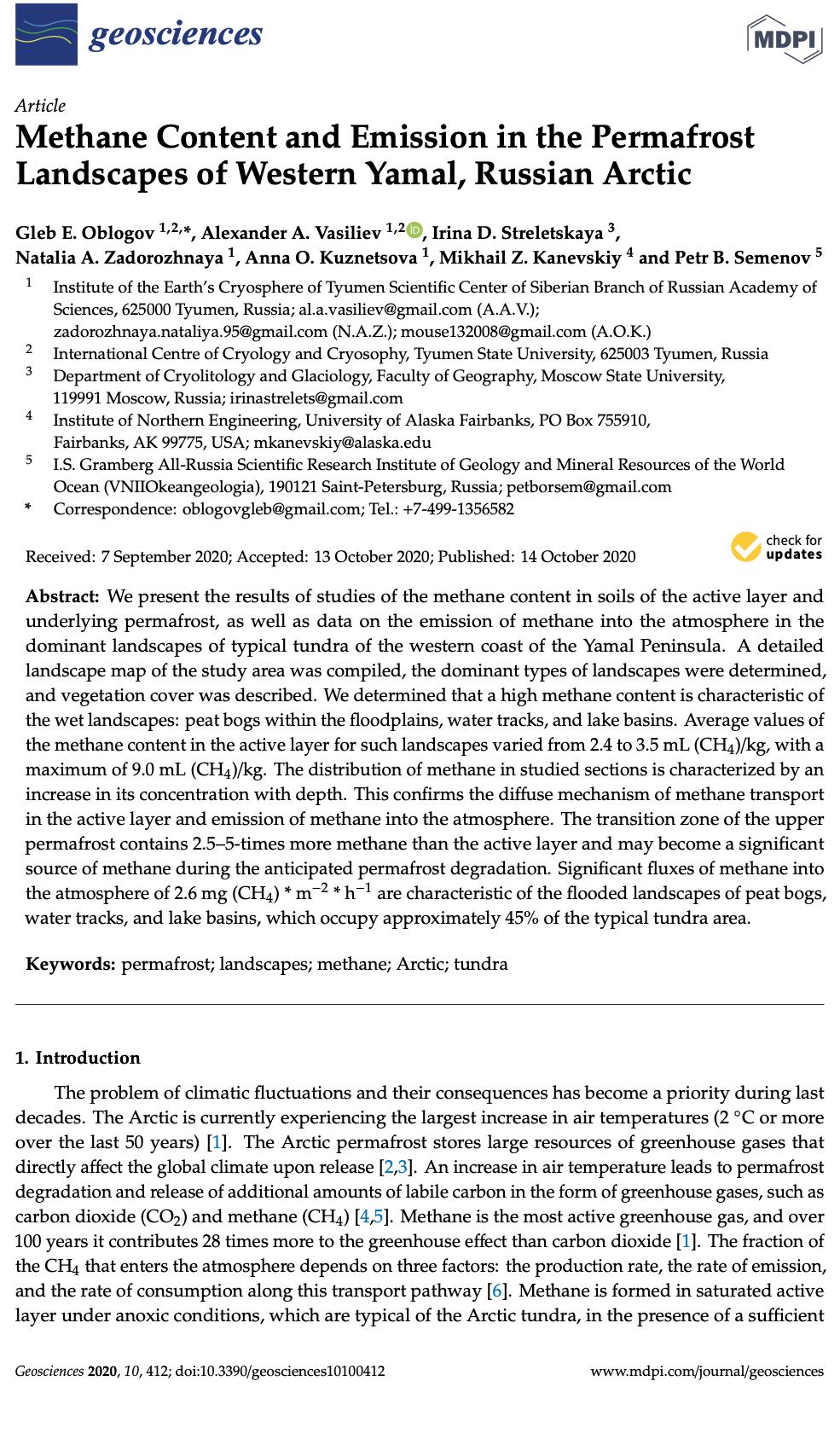

Remote sensing monitoring of Lake Neyto [10]. Satellite images of different dates. Satellite images reveal active gas fluid dynamic processes in Lake Neyto, ~17 km in diameter, in the central Yamal Peninsula, within the Neyto field of oil, gas, and condensate reservoirs located at least 600 m below the lake. The images indicate day-long or possibly periodic venting of deep fluids. Active fluid emission could be seen by the color change (from light blue to dark blue; 20.07.13–30.06.16), zones of gas discharge on the bottom of the lake (dark spots; 27.06), and turbidity flows (27.06–07.07.16).
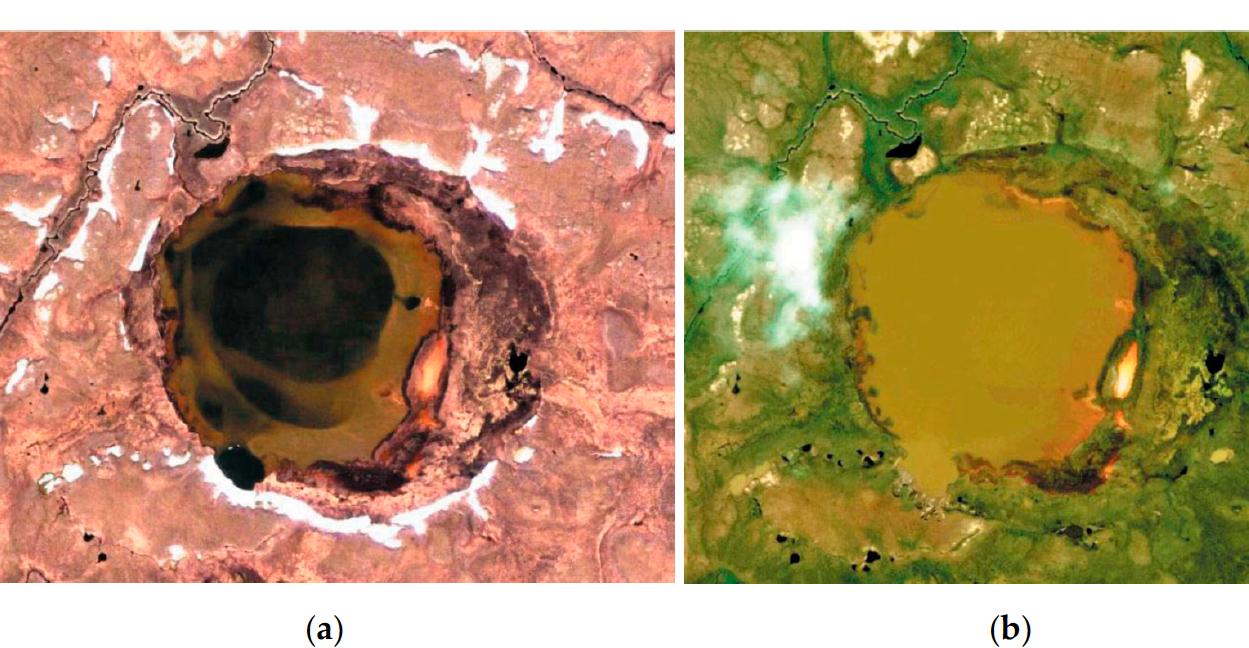
Satellite images of Сrater Lake south of Bovanenkovo field: (a) 4 July 2009 and (b) 21 July 2013). Another large lake, about 600 m in diameter, is located 10 km south of the Bovanenkovo field at~70° N (conventionally called Сrater Lake) and is surrounded by several small and large lakes with clear water. Gas releases through a few crater-like deep vents, from 15 to 60 m in diameter, which are visible under the transparent lake water and must be quite deep as they look almost black against the background (image of 2009, Figure 3 ). In the image of 2013, Crater Lake is turbid but the water in all surrounding lakes remains clear (b). The turbidity may result from bottom mud that was stirred by explosive emission of gas or a water-gas mixture and was rising through a 20 Å~ 40 m vent in the southwestern lake part. Two years later, preserved rock fragments, possibly, pieces of the parapet, were detected during a helicopter survey
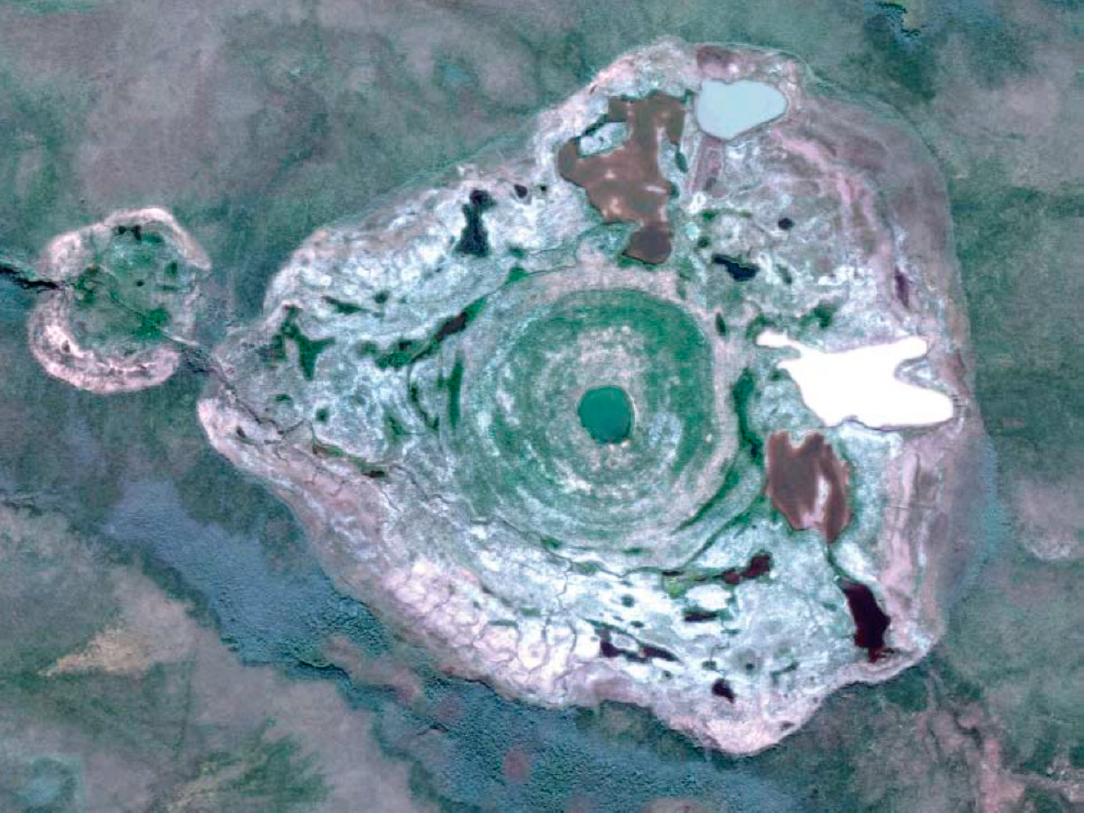
Dried lake with a gas emission crater in the center. Satellite image of 17 July 2
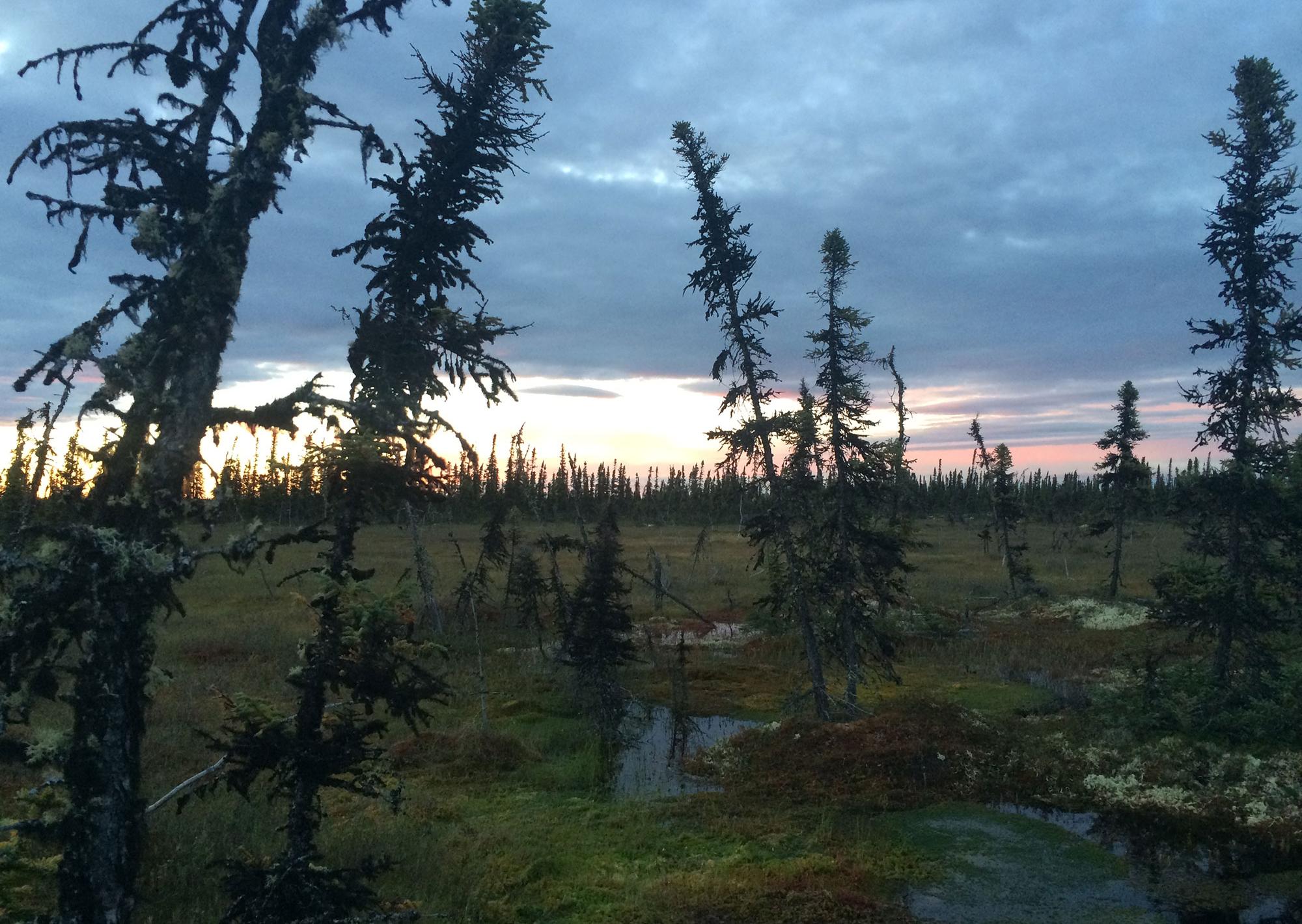
As permafrost hidden under the land’s surface melts, the soil can erode and open sinkholes and valleys, a process known as thermokarsting. Thermokarsting has caused some areas of the Koyukuk National Wildlife Refuge in Alaska, pictured here, to collapse and form bogs. Credit: NASA / Neal Pastick, USGS Earth Resources Observation and Science Along the thaw gradient, surface water is a rusty red, caused by microbes releasing iron and carbon compounds
